Scientists are using the world's biggest telescope, buried deep under the South Pole, to try to unravel the mysteries of tiny particles known as neutrinos, hoping to shed light on how the universe was made.
The mega-detector, called IceCube, took 10 years to build 2,400 meters below the Antarctic ice. At one cubic km, it is bigger than the Empire State building, the Chicago Sears Tower - now known as Willis Tower - and Shanghai's World Financial Center combined.
Designed to observe neutrinos, which are emitted by exploding stars and move close to the speed of light, the telescope is attracting new attention in the wake of last week's discovery of a particle that appears to be the Higgs boson - a basic building block of the universe.
"You hold up your finger and a hundred billion neutrinos pass through it every second from the sun," said Jenni Adams, a physicist at the University of Canterbury in New Zealand, who works on IceCube.
IceCube is essentially a string of light detectors buried in the ice through hot water drilling. When neutrinos, which are everywhere, interact in the ice, they produce charged particles that then create light, which can be detected.
Weiter geht es hier: http://www.reuters.com/article/2012/07/10/us-ice-telescope-idUSBRE86909W20120710
Blick auf Icecube: Fotos: ICECUBE

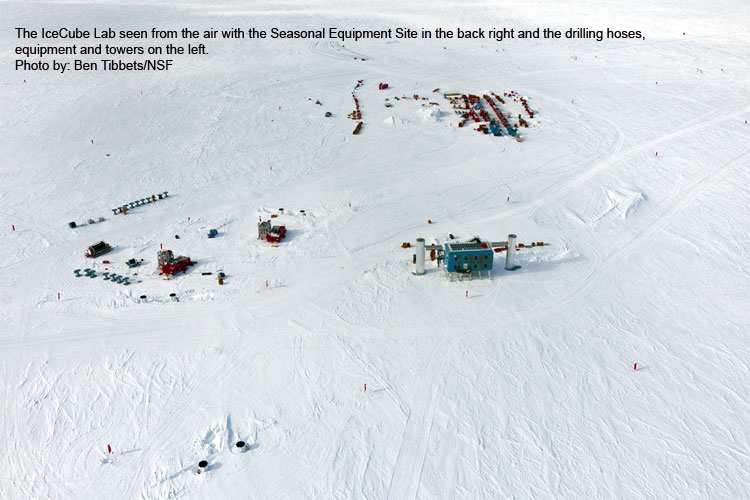
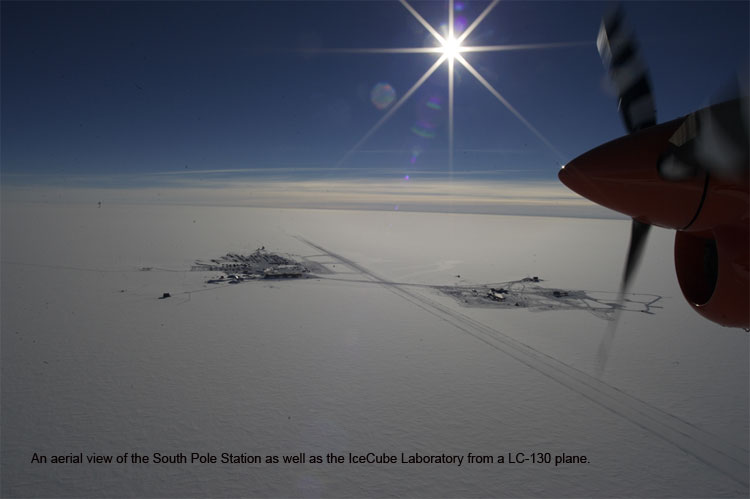
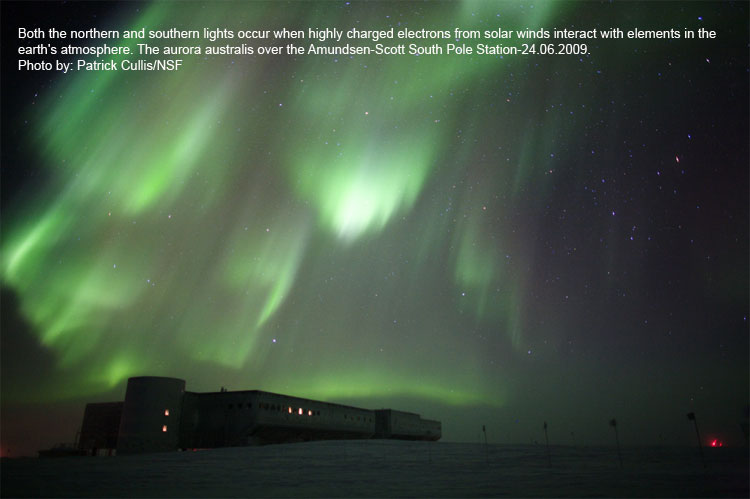
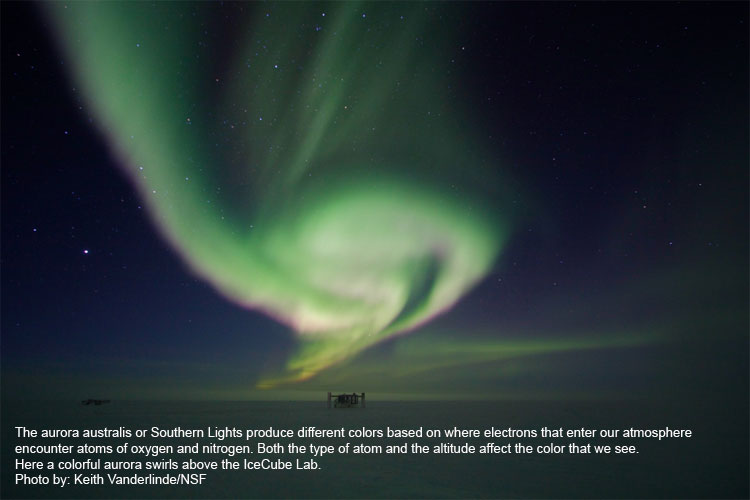
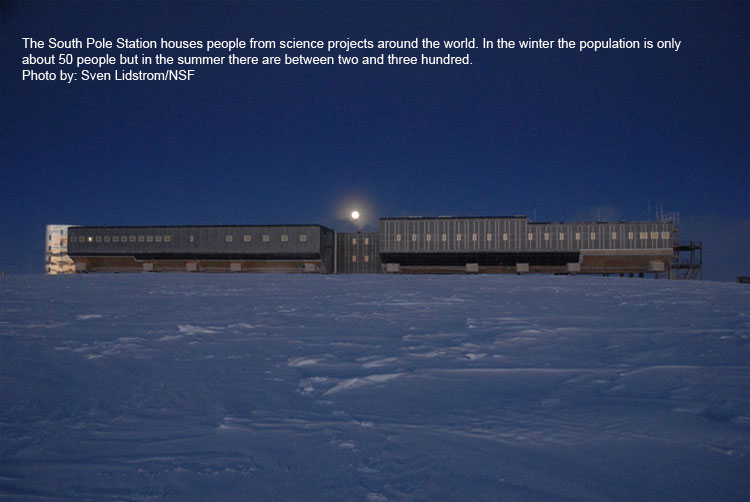
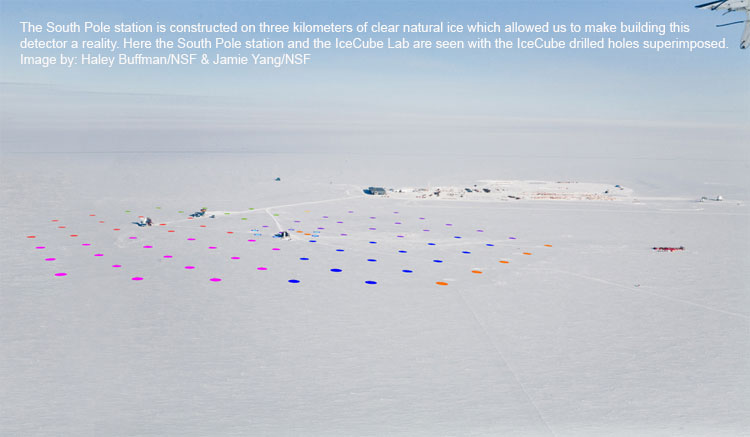
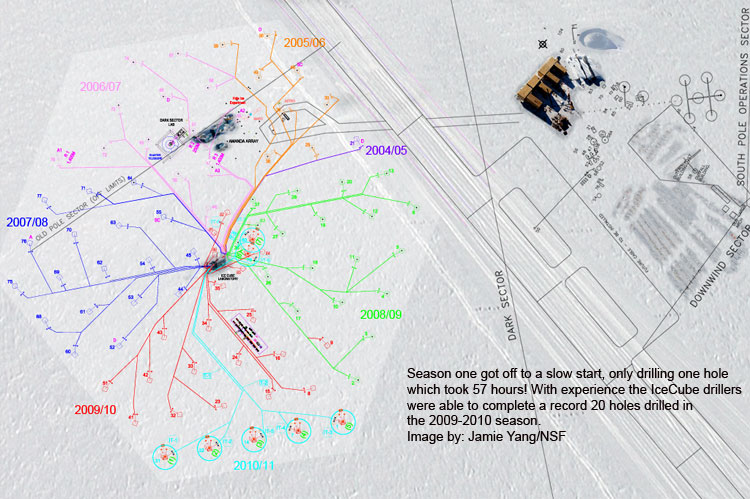
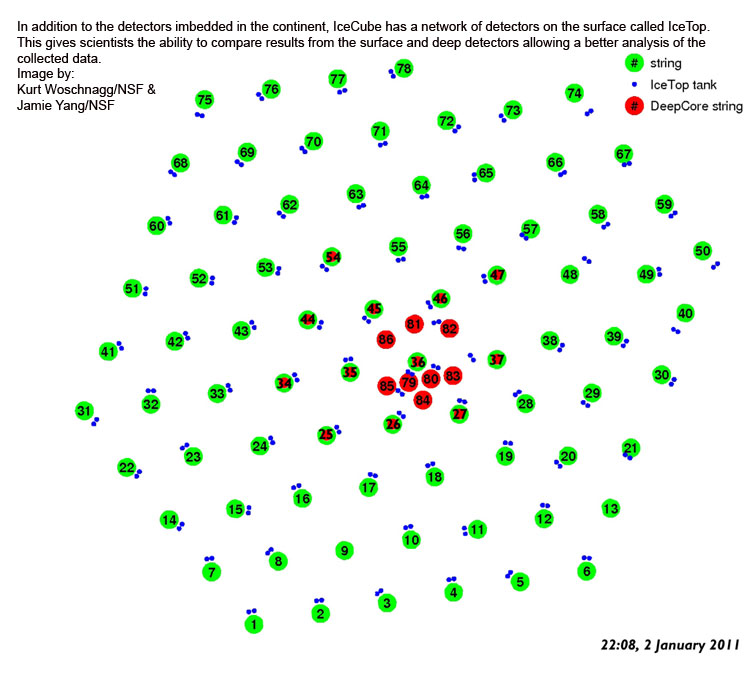
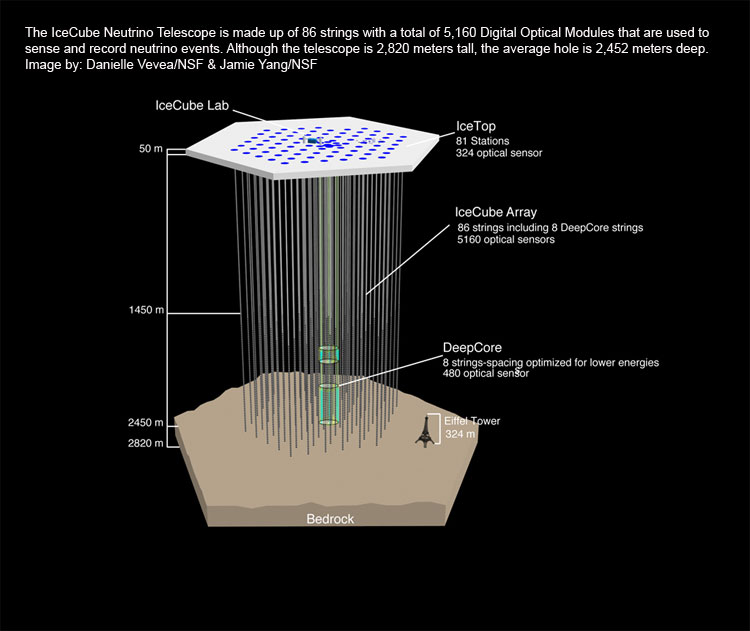
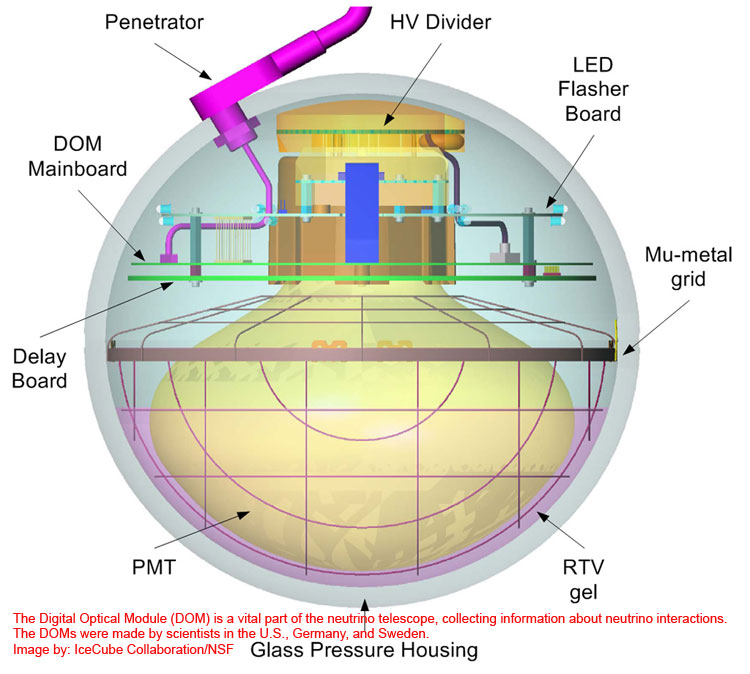
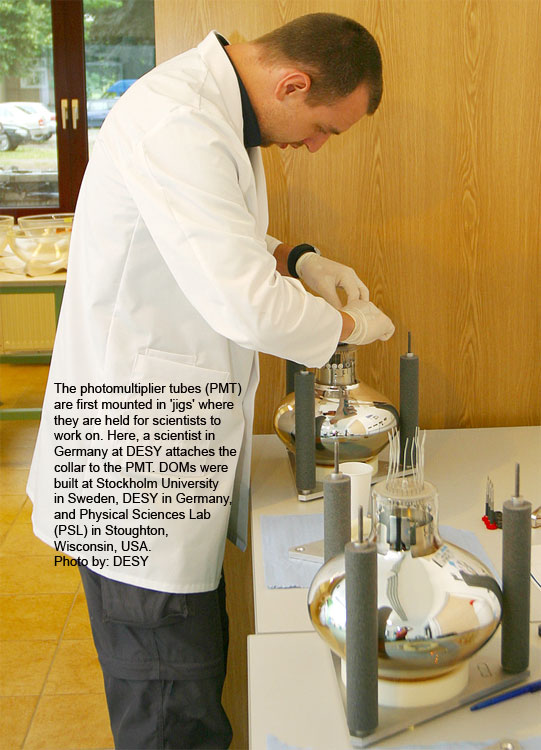
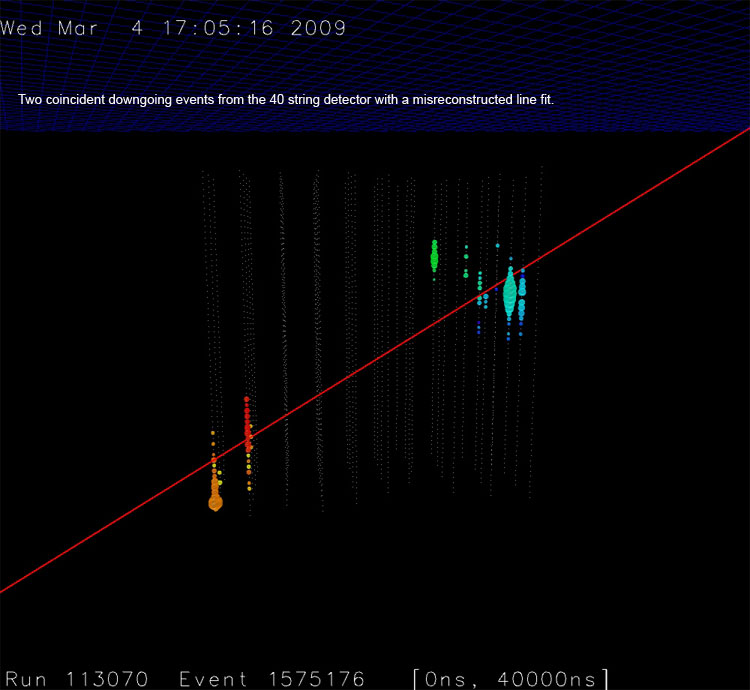
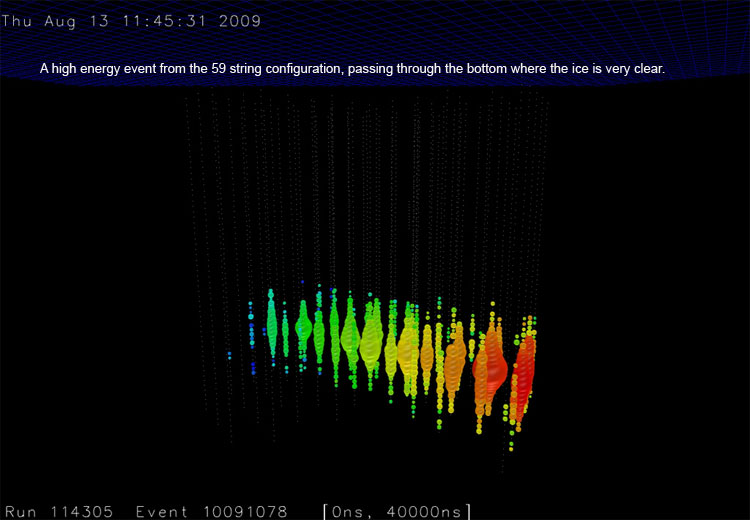
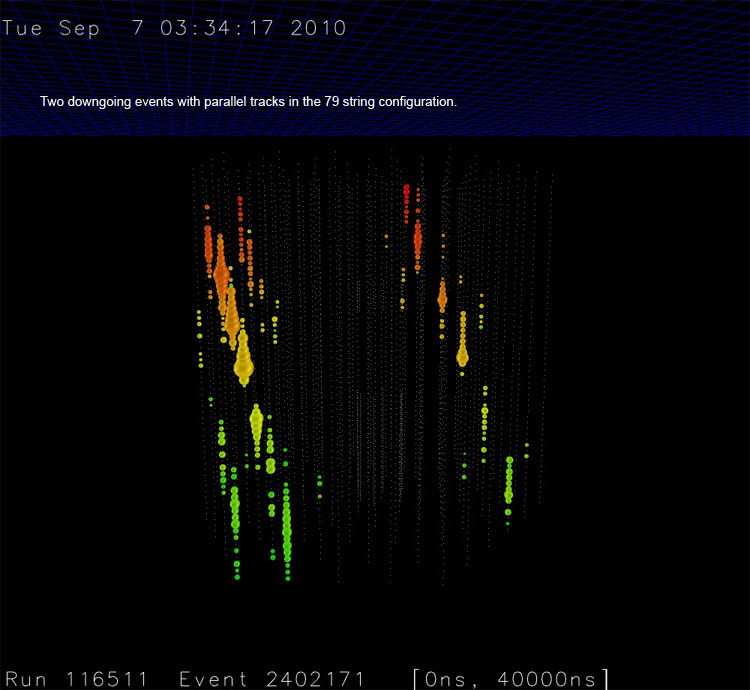
6652 Views
